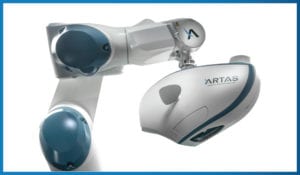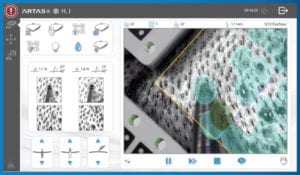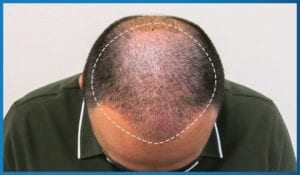About the ARTAS Procedure
The ARTAS System was developed with leading hair transplant physicians and researchers. The system utilizes state-of-the-art robotic technology to assist physicians with difficult, manual methods that require repetitive and precise movements which can increase the risk of human error.
It is a clinically proven, permanent solution that provides natural results without stitches, staples, linear scarring and damage to existing hair.
THE RESULT? Precise, accurate graft dissection and placement so the procedure is virtually undetectable. Patients can expect natural-looking results without the side effects and long recovery times typical of traditional procedures.
WHY ARE YOU WAITING? GET YOUR HAIR BACK TODAY!
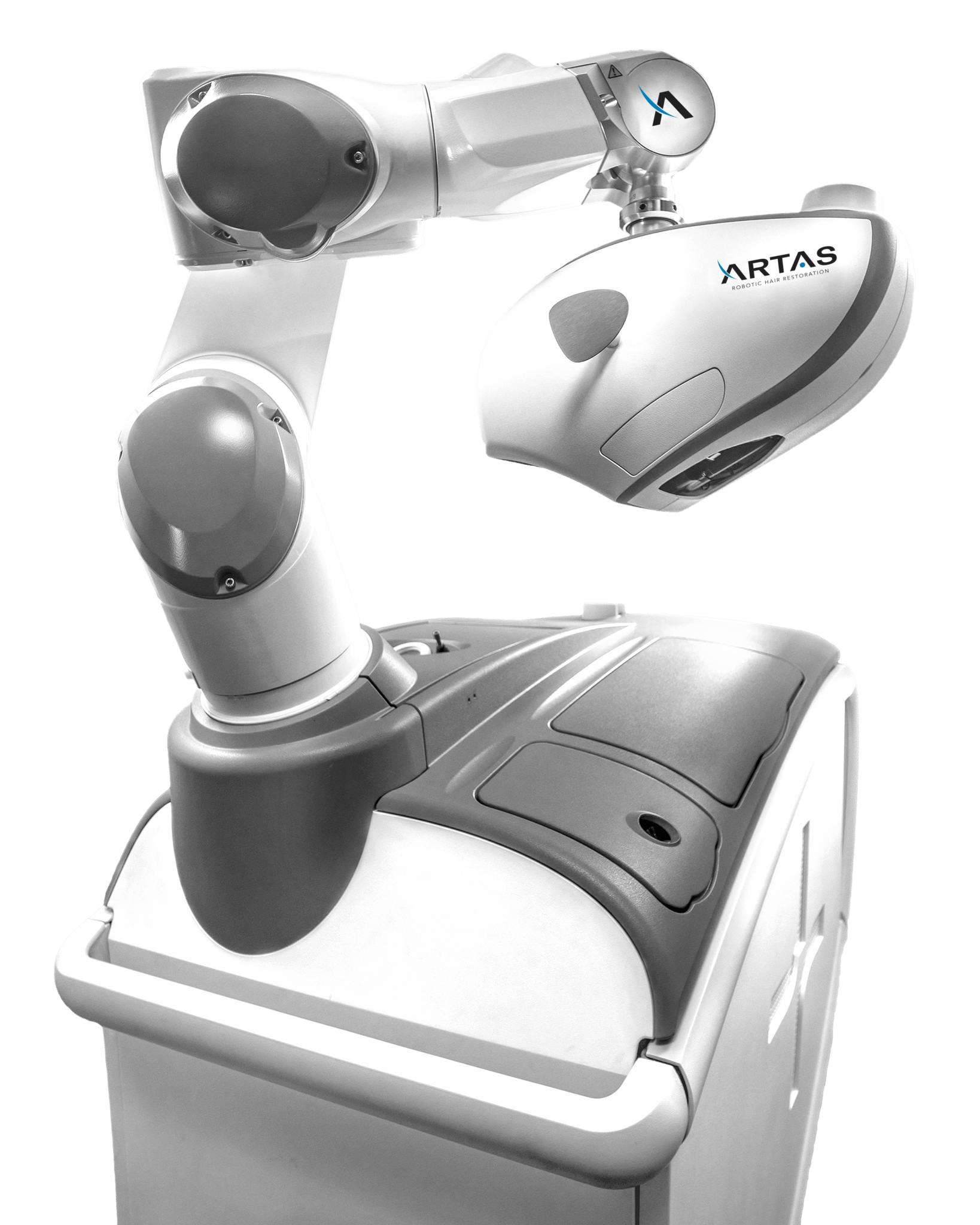
ARTAS Procedure Overview
The ARTAS System utilizes state-of-the-art robotic and artificial intelligence (AI) technology to deliver precise, minimally-invasive permanent hair restoration results while reducing the risk of human error.

UNDERSTANDING YOUR HAIR LOSS AND THE ARTAS ROBOTIC PROCEDURE
Deciding to have a hair restoration procedure can be a life-changing decision. Understanding the details of the ARTAS Robotic Procedure will help you determine if it’s the right choice for you. You need to know what to expect before, during and after the procedure, as well as when you should see results.
Fill out the form below to download the ARTAS Patient Experience Booklet.
WHAT ARE YOUR TREATMENT OPTIONS
Hair restoration requires precise, tedious, monotonous movements thousands of times for a single procedure. It’s important to research your options, currently there are three main procedure methods for hair transplant:
- ARTAS Robotic Hair Restoration Procedure
- Minimally Invasive Hair Restoration Solution
- Leverages Digital Imaging and Robotic Precision to Harvest Healthy Grafts
- No Need for the Surgical Removal of a Band of Tissue From the Back and Sides of Head
- No Linear Scar, No Need for Stitches or Staples to Close the Wound
- Minimal Recovery Time and the Ability to Return to Normal Activities
- Manual FUE
- Physician Uses Hand-Held Tools to Manually Punch Out Hair Grafts
- Relies Heavily on Physician or Technician’s Hand-Eye Coordination and Their Ability to Remove Thousands of Grafts
- Tedious and Extremely Demanding
- Strip Surgery or Follicular Unit Transplant (FUT)
- Physician Makes a Large Incision on the Back of the Head to Remove a 6 to 10 inches Strip of the Scalp
- Clinicians Remove Hair Follicles From the Strip and Implant in Balding Area
- Strip Surgery Leaves a Permanent Linear Scar Which is Visible Long After Surgery
- Patients Often Experience Lingering Scalp Numbness, Tingling, Tightness and Pain
- Side Effects May Include: Numbness and Tingling, Scalp Tightness or Lingering Pain

Strip Surgery vs ARTAS
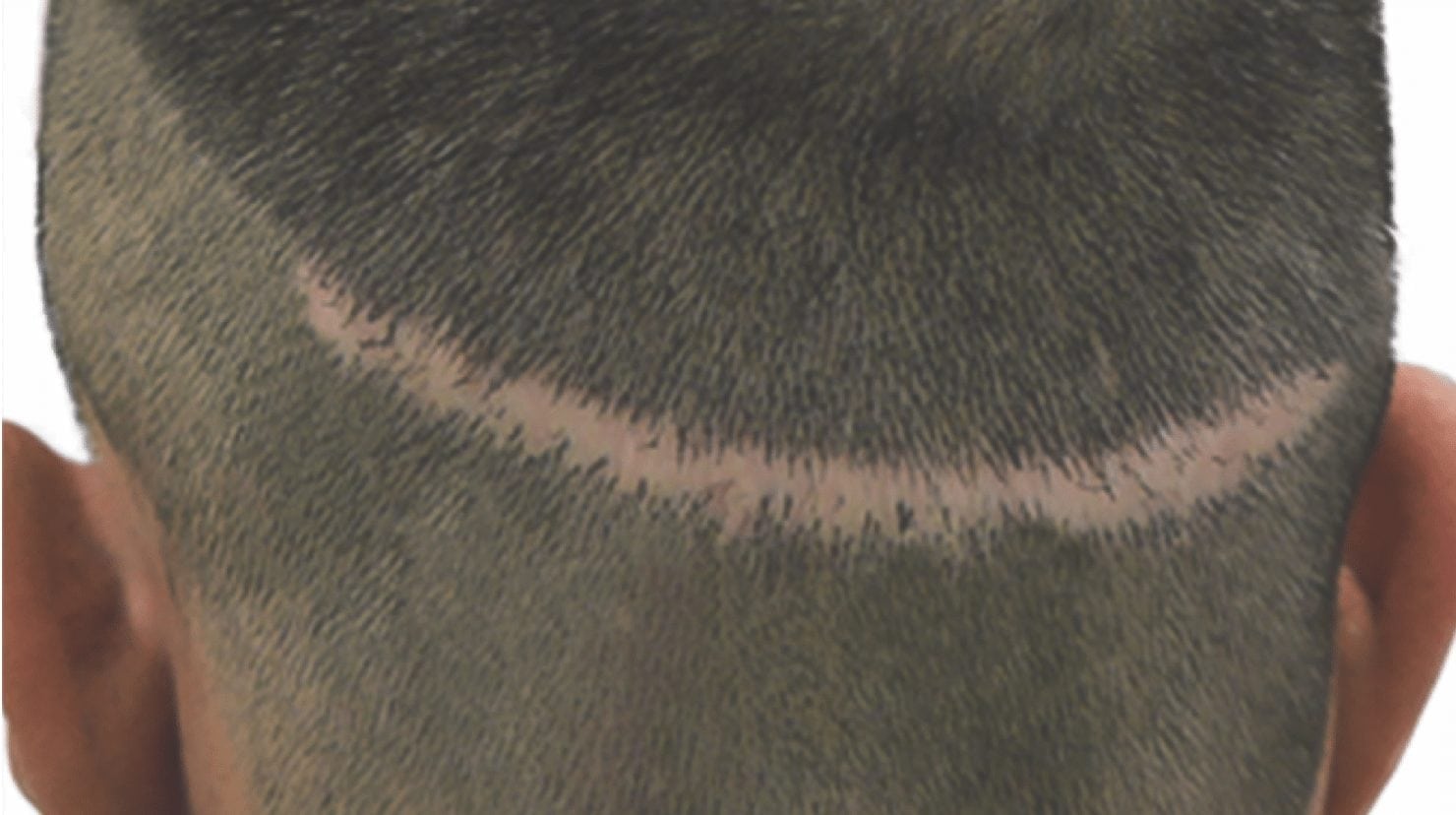
Not Artas Procedure
Leaves linear scar
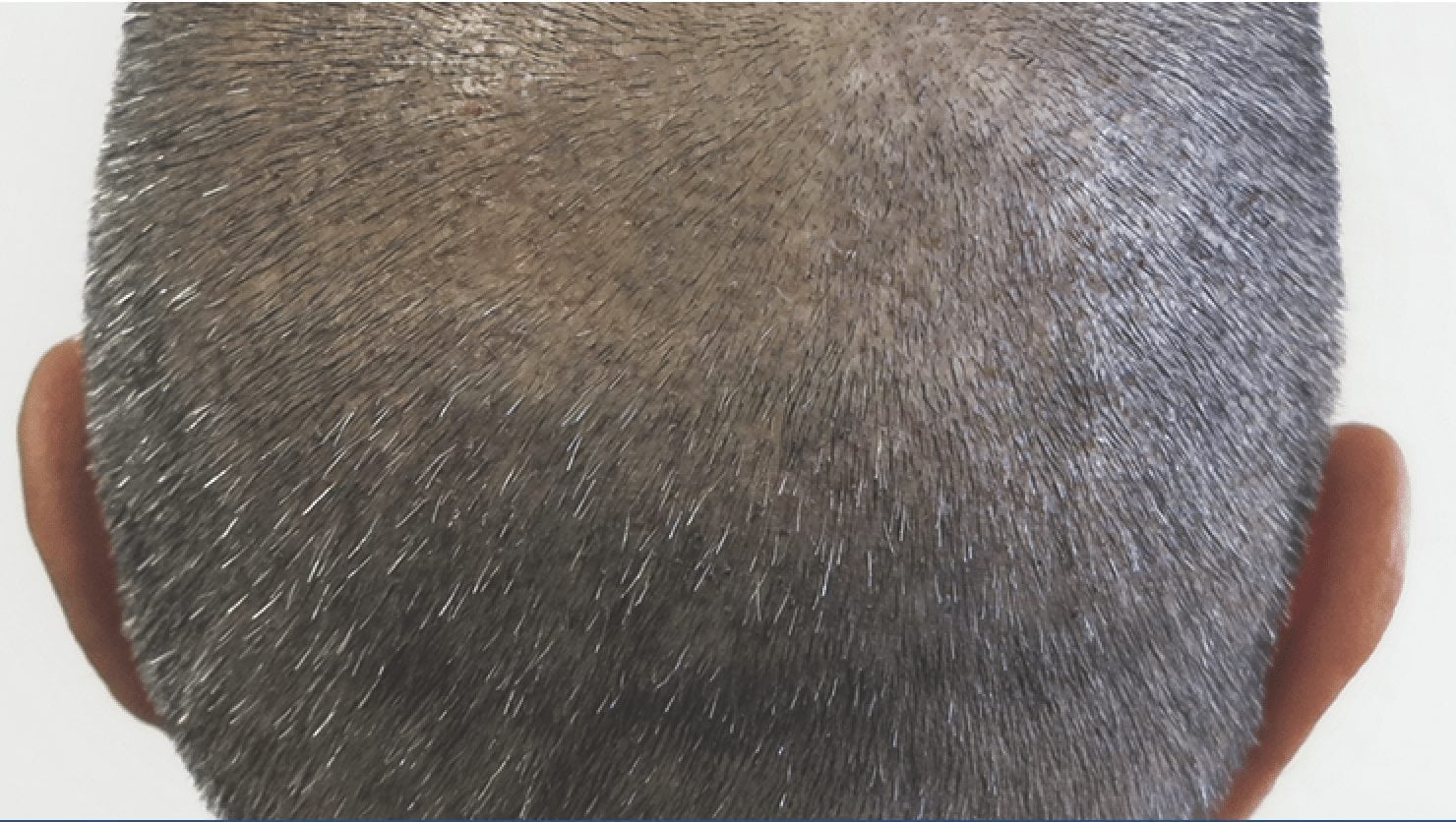
Post Artas Procedure
No large painful scars
Compare Your Options
- ARTAS System vs Strip Surgery
- ARTAS System vs Manually Operated Devices
| Older Technique – Invasive Strip Surgery | ||
|---|---|---|
| Real-Time 3D Analysis | • Real-time 3D Analysis Provides Accurate Mapping and Calculations of Critical Hair Follicle Characteristics Necessary for Successful Graft Harvesting • Monitors and Updates Parameters of Each Graft 60x Per Second | • NONE, Information is Limited to What Can be Interpreted by a Clinician Wearing Magnification Glasses |
| Harvesting Method | • The High Definition Stereoscopic Vision System Utilizes ARTAS Artificial Intelligence™ Algorithms to Identify and Select the Best Hair Follicles for Harvesting | • A Strip of Scalp is Removed From the Back of the Head and Hair Follicles are Harvested Manually • Stitches are Used to Close the Wound |
| Recipient Site-Making & Implantation | • Intelligently and Accurately Avoids Damaging Pre-existing Healthy Hairs • Creates Optimal Recipient Sites and Simultaneously Implants Each Graft* | • Manual Recipient Site Making and Implantation • Relies on the Human Eye and Magnification Glasses, Making it Difficult to Avoid Damaging Pre-Existing Healthy Hairs |
| Pain (Post Surgery) | • Tylenol® (Acetaminophen) if Needed | • Prescription Pain Medication • Long Term Side Effects May Include, Possible Nerve Injury in the Donor Area, Numbness and Tingling, Scalp Tightness or Lingering Pain |
| Donor Area Appearance (Post Surgery) | • Retains a Natural Appearance - No Linear Scar | • Visible Linear Scar |
| Hair Style (Post Surgery) | • Freedom to Wear Your Hair the Way You Like it | • May Require Longer Hair Styles to Cover and Conceal Scarring |
| Recovery (Post Surgery) | • Back to Work and Normal Activities in a Few Days • Most Patients Sleep Comfortably Without Pain in the Donor Area | • Restricted Activity • Patients May Have Difficulty Sleeping on the Sutured Surgical Area for Several Weeks |
| *Only available on the ARTAS iX |
| Motorized Handheld Tools | Manual Handheld Tools | ||
|---|---|---|---|
| Real-Time 3D Analysis | • Real-time 3D Analysis Provides Accurate Mapping and Calculations of Critical Hair Follicle Characteristics Necessary for Successful Graft Harvesting • Monitors and Updates Parameters of Each Graft 60x Per Second | • NONE, Information is Limited to What Can be Interpreted by a Clinician Wearing Magnification Glasses | • NONE, Information is Limited to What Can be Interpreted by a Clinician Wearing Magnification Glasses |
| Harvesting Method | • The High Definition Stereoscopic Vision System Utilizes ARTAS Artificial Intelligence™ Algorithms to Identify and Select the Best Hair Follicles for Harvesting | • All Harvesting Is Performed With A Motorized Handheld Tool, By Punching Out Hairs One At A Time • Requires High Level Of Hand-Eye Coordination And Manual Dexterity. • Extremely Demanding, Potential For Fatigue And Human Error | • All Harvesting Is Performed With A Handheld Tool, By Punching Out Hairs One At A Time • Requires High Level Of Hand-Eye Coordination And Manual Dexterity • Extremely Demanding, Potential For Fatigue And Human Error |
| Recipient Site-Making & Implantation | • Intelligently and Accurately Avoids damaging pre-existing healthy hairs • Creates Optimal Recipient sites and simultaneously implants each graft* | • Handheld Motorized Recipient Site Making and Manual Implantation • Relies on the Human Eye and Magnification Glasses, Making it Difficult to Avoid Damaging pre-existing Healthy Hairs | • Handheld Manual Recipient Site Making and Implantation • Relies on the Human Eye and Magnification Glasses, Making it Difficult to Avoid Damaging Pre-existing Healthy hairs |
| Pain (Post Surgery) | • Tylenol® (Acetaminophen) if Needed | • Tylenol® (Acetaminophen) if Needed | • Tylenol® (Acetaminophen) if Needed |
| Hair Style (Post Surgery) | • Freedom to Wear Your Hair the Way You Like it | • May Require Longer Hair Styles to Cover potential Scarring Related to Motorized Handheld Tools | • May Require Longer Hair Styles to Cover Potential Scarring Related to Manual Handheld Tools |
| Recovery (Post Surgery) | • Back to Work and Normal Activities in a Few Days • Most Patients Sleep Comfortably Without Pain in the Donor Area | • Back to Work and Normal Activities in a Few Days • Most Patients Sleep Comfortably Without Pain in the Donor Area | • Back to Work and Normal Activities in a Few Days • Most Patients Sleep Comfortably Without Pain in the Donor Area |
| *Only available on the ARTAS iX |
